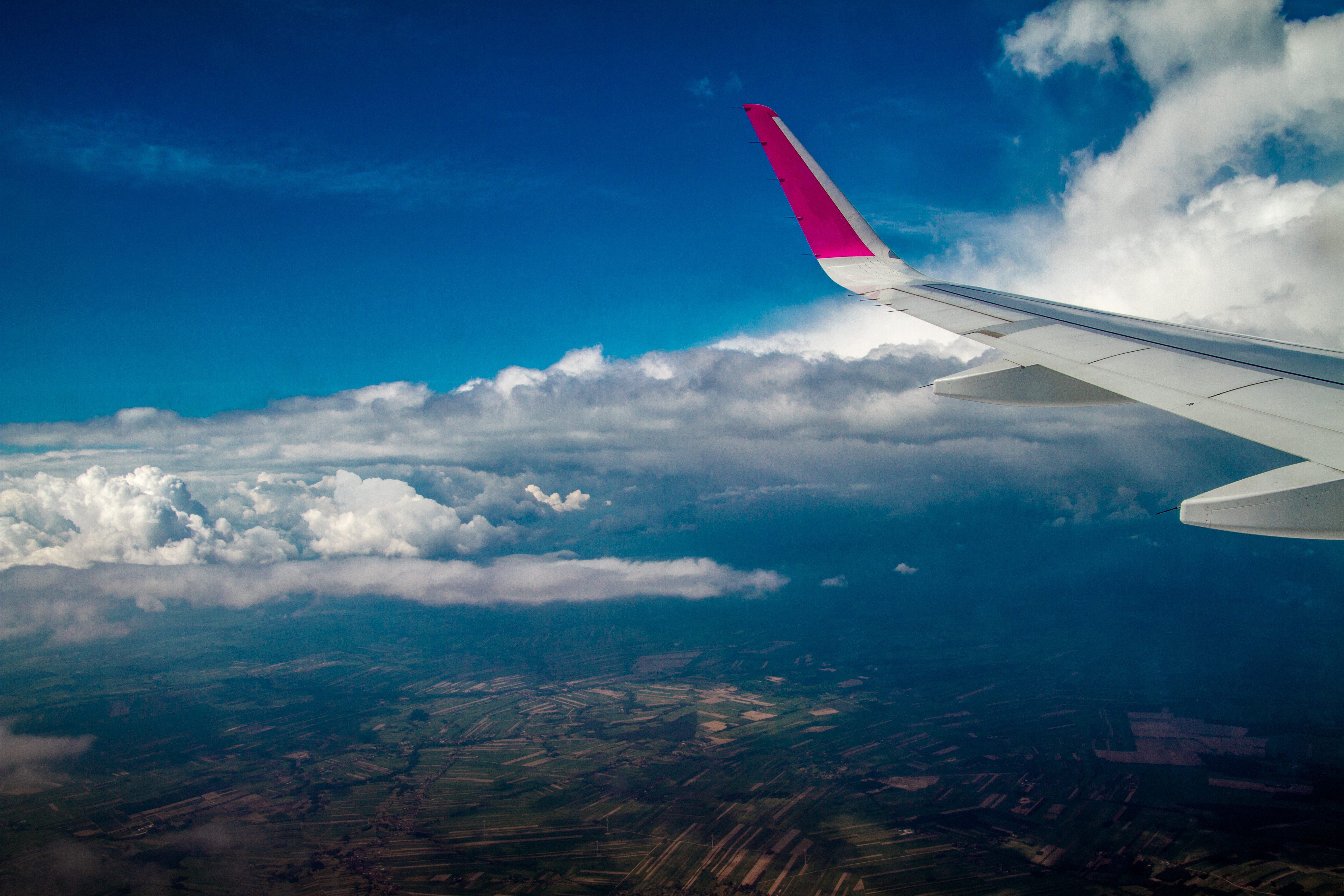Understanding RWY66: An In-depth Look
Understanding RWY66: An In-depth Look
RWY66, or Runway 66, is a popular term in aviation, referring to a specific runway coding system. The world of aviation uses an intricate system of codes and numbers to ensure safe and efficient air travel. The terminology may seem complex, but it is crucial for maintaining order and safety in the skies.
What is RWY66?

Runways are numbered based on their magnetic azimuth, or compass heading, rounded to the nearest 10 degrees. RWY66 indicates a runway aligned approximately 660 degrees on a compass, a hypothetical scenario as compass directions range from 1 to 360 degrees. However, for concept understanding, it simplifies the discussion.
Runway Numbering System
Runways are numbered based on their magnetic heading. A runway aligned with a heading of 66 degrees would be labeled RWY07, by rounding to the nearest 10 degrees divided by 10. This code directly translates to a heading of 70 degrees.
Dual Designation
Runways have two numbers, one at each end. A runway heading 66 degrees on one end will show 70. The opposite end would display a number indicating its reciprocal heading, which is 180 degrees different, 250.
Importance of Runway Numbers
These numbers are not just arbitrary figures. They serve specific safety purposes.
- Alignment with Navigational Aids: Ensures pilots align with runways during landing and takeoff.
- Data Standardization: Provides consistency across global aviation practices.
- Directional Help: Aids pilots in orientation, especially in poor visibility.
Visual and Instrumental Landing Systems
Visual landing systems, such as PAPI (Precision Approach Path Indicator), help pilots gauge their approach and alignment. Instrumental systems, like ILS (Instrument Landing System), use radio signals to guide aircraft during low visibility.
Runway Markings and Lights
Various markings and lights provide essential information. Markings vary, but essential ones include:
- Runway Numbers: Indicate direction.
- Threshold Markings: Show beginning of available runway for landing.
- Centerline Markings: Help keep aircraft aligned.
Runway lights serve different functions, such as:
- Edge Lights: Define runway edges.
- Centerline Lights: Assist in maintaining proper track.
- Approach Lights: Guide aircraft during final approach.
Runway Surface and Maintenance
Runway surfaces can be asphalt, concrete, or sometimes grass. Regular maintenance ensures the integrity and safety of the runway. Common issues include wear and tear, which are addressed promptly to avoid operational disruptions.
Runway Incursions
Runway incursions occur when unauthorized entities, like aircraft, vehicles, or individuals, enter the active runway area. These situations pose significant risks to aviation safety. Preventative measures include:
- Improved Ground Traffic Control: Ensures clear and precise movement guidance.
- Enhanced Surveillance Systems: Use of radar and cameras to monitor runway activities.
- Strict Protocols: Enforcing stringent rules for entry and movement on runways.
Future Developments in Runway Technology
Technological advancements are continually improving runway operations and safety. Innovations include:
- Autonomous Ground Vehicles: Used for surface inspections and maintenance.
- Advanced Lighting Systems: Improved LED lighting for better visibility and reduced energy consumption.
- Enhanced Weather Monitoring: Provides accurate real-time data to support decision-making for runway use.
Aviation Regulations and Runway Standards
Globally, aviation authorities like the FAA (Federal Aviation Administration) in the US and ICAO (International Civil Aviation Organization) set the standards for runway design, maintenance, and operation. Compliance with these standards is mandatory for safe and efficient airport operations.
Environmental Considerations
Runways impact their surroundings. Noise pollution, emission levels, and wildlife disruptions are constant concerns. Airports implement various measures to mitigate these issues, including noise barriers, emission control programs, and wildlife management strategies.
Emergency Runway Protocols
Airports maintain emergency procedures for runway incidents. These include rapid response teams, emergency communications systems, and coordination with local emergency services. Effective response can significantly reduce the impact of runway accidents.
Runway Rehabilitation Projects
Rehabilitation projects ensure runways meet current operational demands and safety standards. Projects may involve resurfacing, structural repairs, and enhancements to navigational aids. These upgrades often occur during off-peak hours to minimize operational disruption.
Importance of Runway Friction
Runway friction is vital for aircraft braking, especially in wet or icy conditions. Airports use friction testing equipment to monitor runway conditions. Treatments like grooving or applying friction-enhancing materials maintain safe landing and takeoff conditions.
Global Runway Networks
Runways are part of an international network that supports global air travel. Major hubs connect continents, while regional airports handle local traffic. This network enables seamless travel and transportation of goods worldwide.
The above exploration of RWY66 and general runway knowledge highlights the complexity and importance of this aviation element. Ensuring runway safety and efficiency is essential for the broader aviation industry’s success and reliability.




Subscribe for Updates
Get the latest articles delivered to your inbox.
We respect your privacy. Unsubscribe anytime.